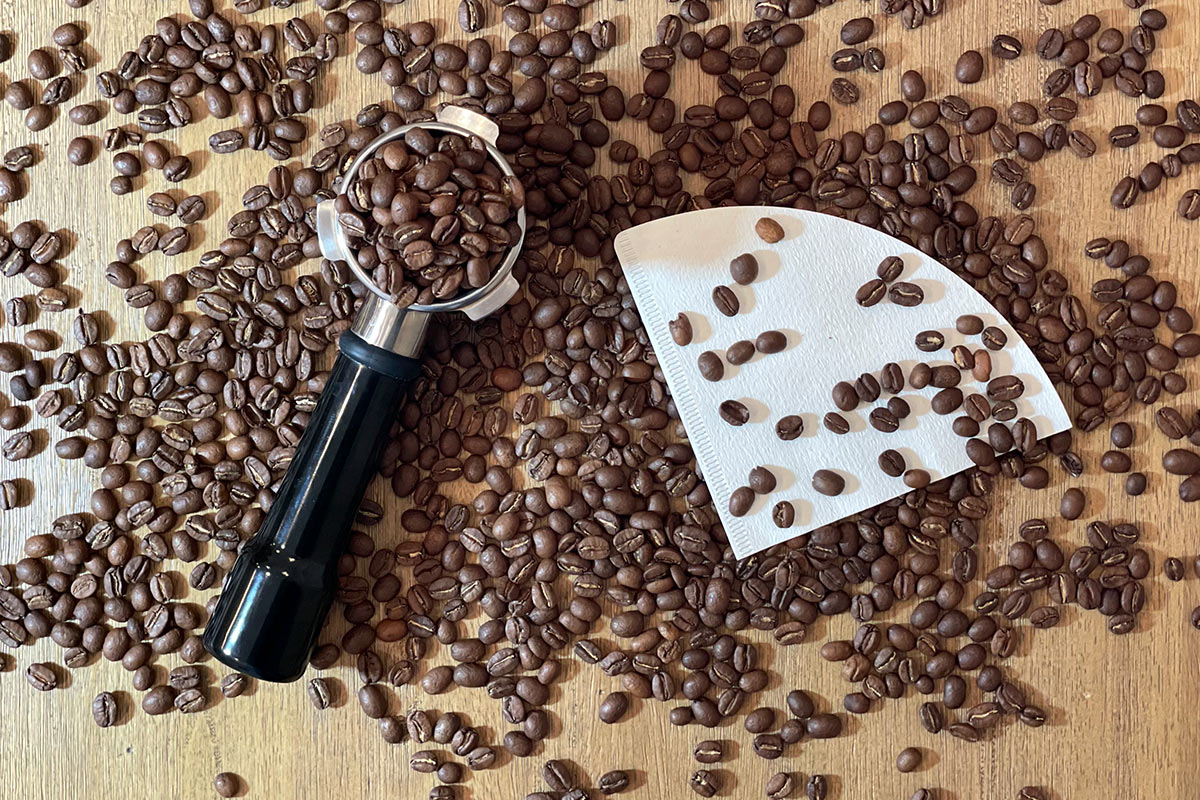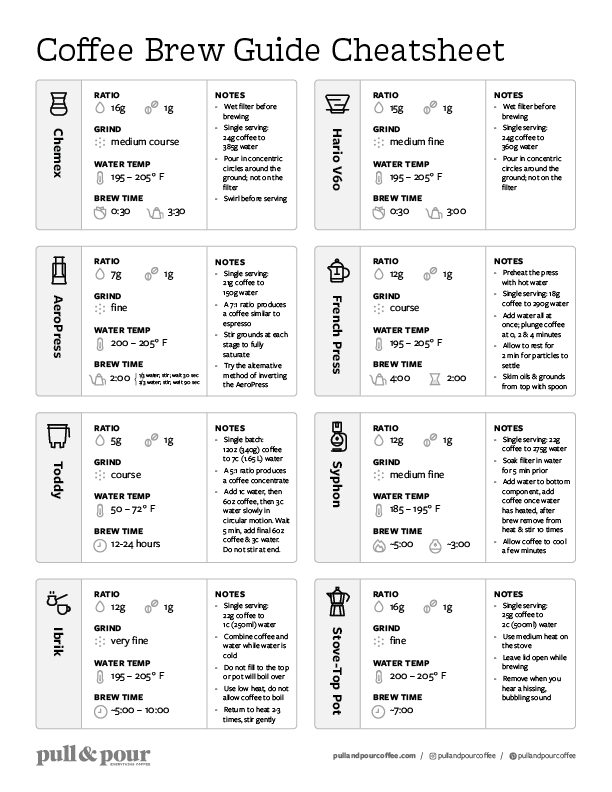A quick disclaimer (my lawyer insists): What follows is the opinion of one roaster. Other roasters may have competing views, which are no less valid. Please take the below with a French-Press-coarse grain of salt.
A misconception exists, ancient and enduring, that there are two different types of roasts: roasts for drip and roasts for espresso. Drip or filter roasts should be lighter, the wisdom goes, crafted to accentuate soprano-high notes and a refined body. Espresso roasts, on the other hand, should be asphalt-dark, packed with Wonka bar chocolate and more nuts than the Planter’s Man’s family tree. This needn’t be the case. Let me explain.
Espresso is tough to extract well. Damn tough. And for some time, optimal extraction was almost impossible to achieve at home. Compared to their professional counterparts, home machines were cave-painting crude, prone to pale, watery espresso that landed with the sourness of under-ripe citrus. Even some professional machines produced this type of poor extraction. This dark age issue created a dilemma for roasters. They might be wrongly blamed for something that wasn’t their fault: poor extraction. So what’s an innocent roaster to do? Simple…
Burn the beans.
Apart from being comparatively easy to produce, dark roasts do an excellent job masking improper extraction. Think of them like a form of roaster indemnification: when you roast coffee to charcoal, you can’t be blamed for bad espresso because the carbonization assures that no sour notes land in the cup. And besides, loads of people favor “roasty” espresso, which makes this heavy-handed approach a win-win for the roaster. The trouble is years of this practice have given the misimpression that midnight dark is the only way to roast espresso, that it ought to taste something like liquified Kingsford briquettes. That disservices the drink, and likely the good folks at Kingsford, too.
But over the past decade, a wave of home machines have made it easier to achieve reliably extracted espresso in your kitchen, and more discerning home-consumers have emerged. These seismic shifts in coffee culture all but nullify the need to turn espresso roasts into coal. Gone are the days when espresso had to be roasted to tar; here is a golden age, where light roasting, and all of the flavor nuance it generates, reigns supreme.
Gone are the days when espresso had to be roasted to tar; here is a golden age, where light roasting, and all of the flavor nuance it generates, reigns supreme.
Now, I don’t mean to suggest that there remains no place for dark roasted espresso. Nothing stirs romance like sipping a jet black cup at an Italian cafe, but there’s an experiential component to that pleasure. Consumed atop the sun-soaked cliffs of the Amalfi Coast, boxed wine would receive similar marks to Petrus. Apart from that, dark roasts and mellow origins are better suited to milk drinks. A light-roasted Guatemala might generate a wonderful single origin espresso, but its citrus qualities don’t jive with dairy. For this reason, loads of roasters prefer to design roasts based on whether or not their coffees will be paired with milk (Scott Rao advocates this approach in his excellent book “Coffee Roasting Best Practices.”). But where strict, dairy-free appreciation is concerned, a thoroughly developed light roast presents more nuance and is, in my opinion, a stronger choice for both espresso and drip.
The Bottom Line
Drip and espresso have traditionally been roasted differently, with espresso emerging dark and drip emerging light, but that needn’t always be the case. Often the same coffee that brews a killer v60 will produce outstanding espresso, although consumers should mind flavor profile and acid before tossing those roasts into dairy-based drinks. The key here is that proper extraction matters a great deal. So be sure you’re focusing as much on brewing as you are on getting quality beans.

